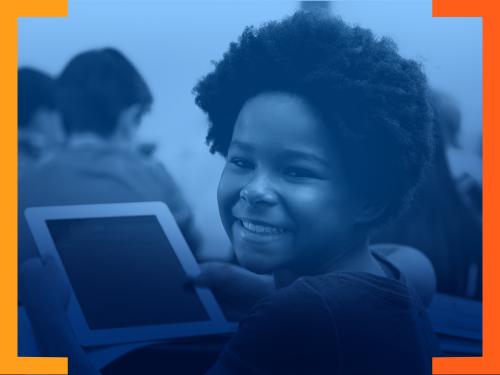The purpose of this study is to identify gaps and challenges in the use of education technology (ed tech) in Chennai, Tamil Nadu during COVID-19. Specifically, we investigated how use of ed tech differed by type of school (government or private), household socioeconomic status, and student gender—and how it changed during the COVID-19 school closures. Ultimately, we wanted to know how the use of ed tech may exacerbate or mitigate the unequal impact of school closures on student learning.
Through phone surveys of 201 households and a total of 271 primary-school-aged children in February of 2021, we sought to understand households’ educational practices in Chennai pre-COVID-19 and during the school closures. Our survey data showed that access to ed tech in schools and households before the pandemic was extremely limited and differed by household socioeconomic background and the type of school (government or private) children attended. Thus, we also explored educational activities from non-ed-tech sources that may have taken place.
Our survey findings indicate that during the pandemic-related school closures, students in private schools and those from high-socioeconomic status households have more access to digital devices and are more engaged in regular educational activities during COVID-19 than their peers in government schools and from low-socioeconomic status households; findings also indicate that girls are more likely than boys to have access to digital devices for learning and to engage in more regular educational activities. Unsurprisingly, parents turned out to be a major source of educational activities of young children during the school closures.
Alarmingly, 1 in 5 children in our sample were enrolled in schools that do not offer any remote instruction during the school closures, and even among the children whose schools had begun remote instruction, only slightly more than half attended all the classes.
Altogether, these preliminary results shed light onto a likely growing inequality of educational opportunity in India and around the world, suggesting the need for policymakers to broaden access to continuous and equitable learning opportunities across the student population.








